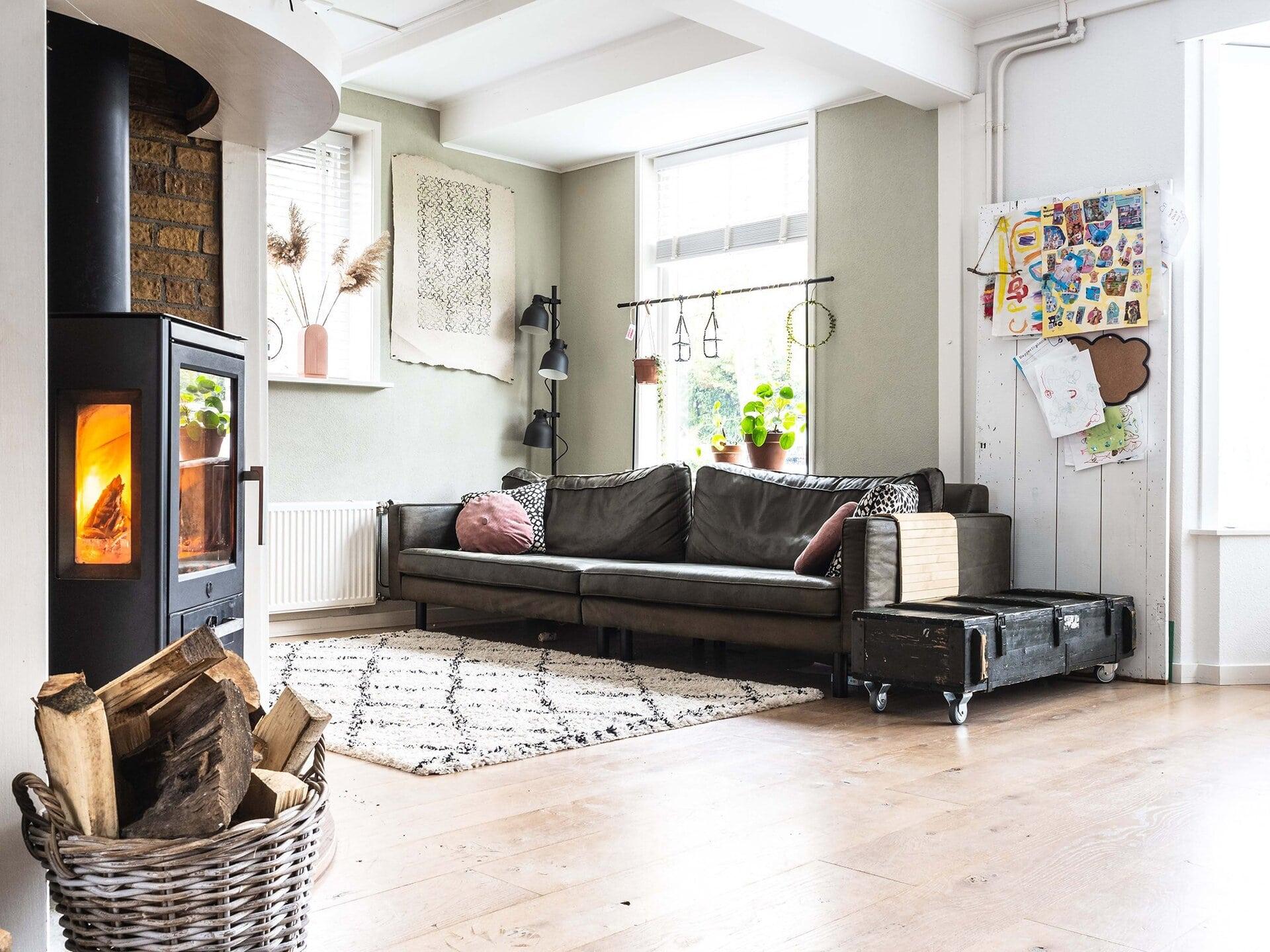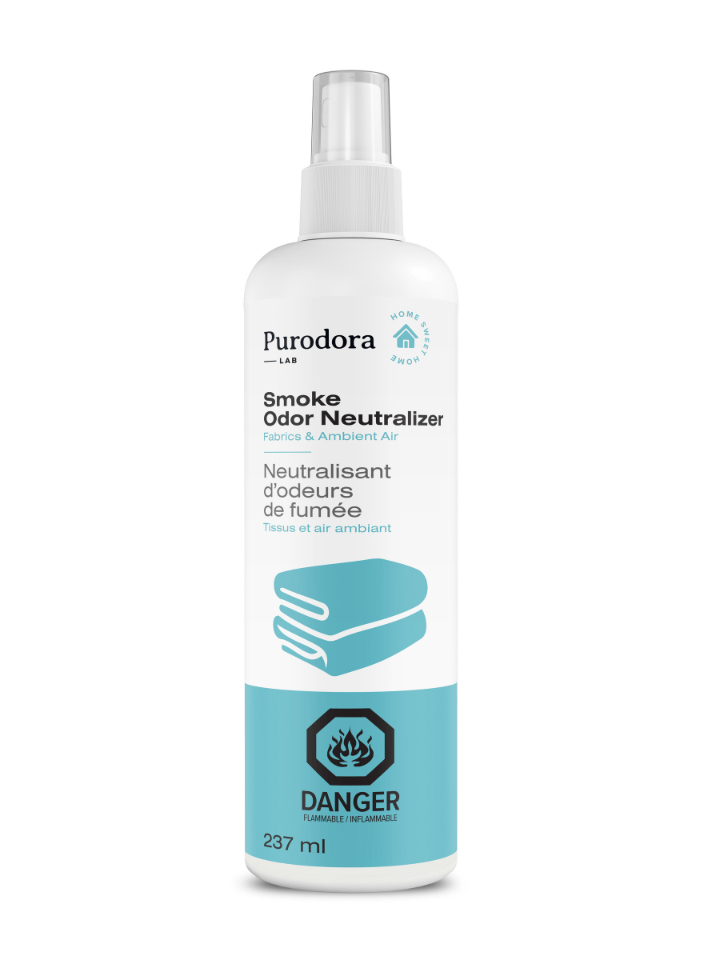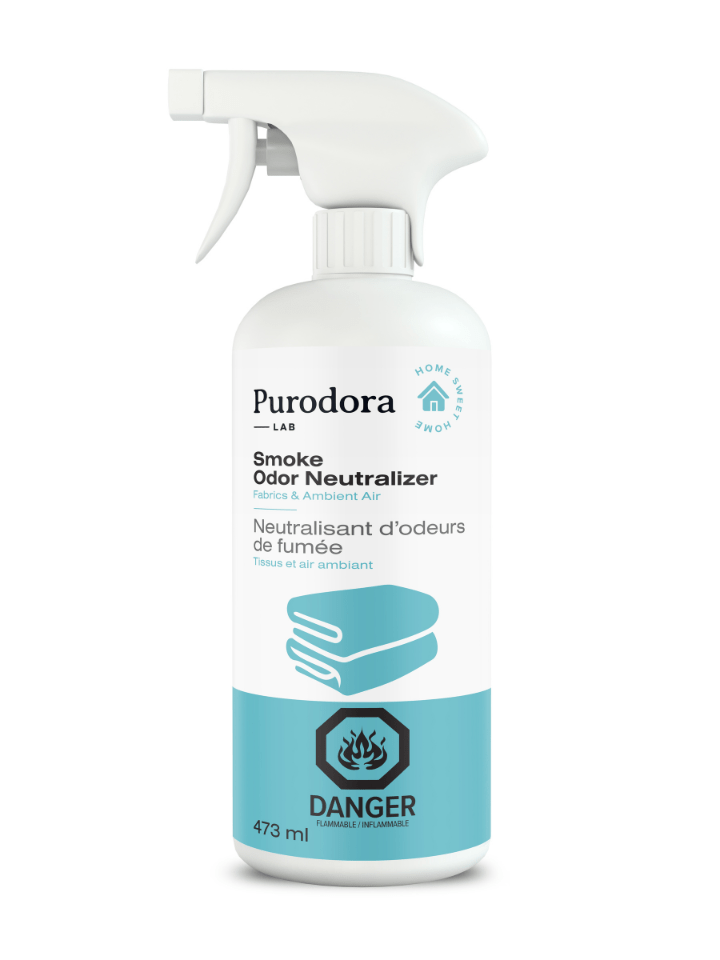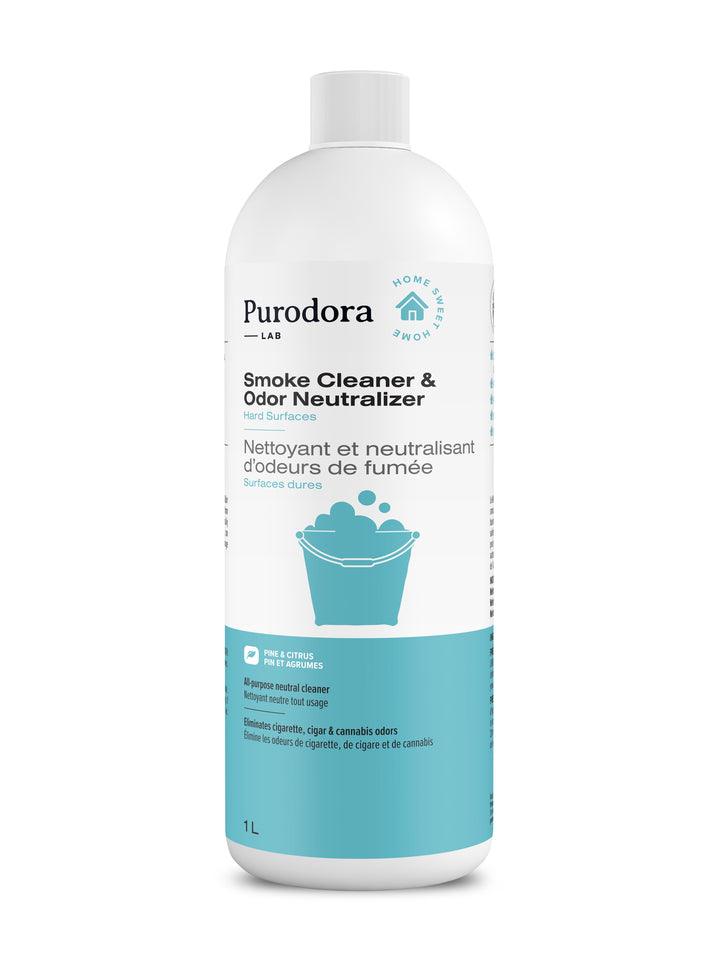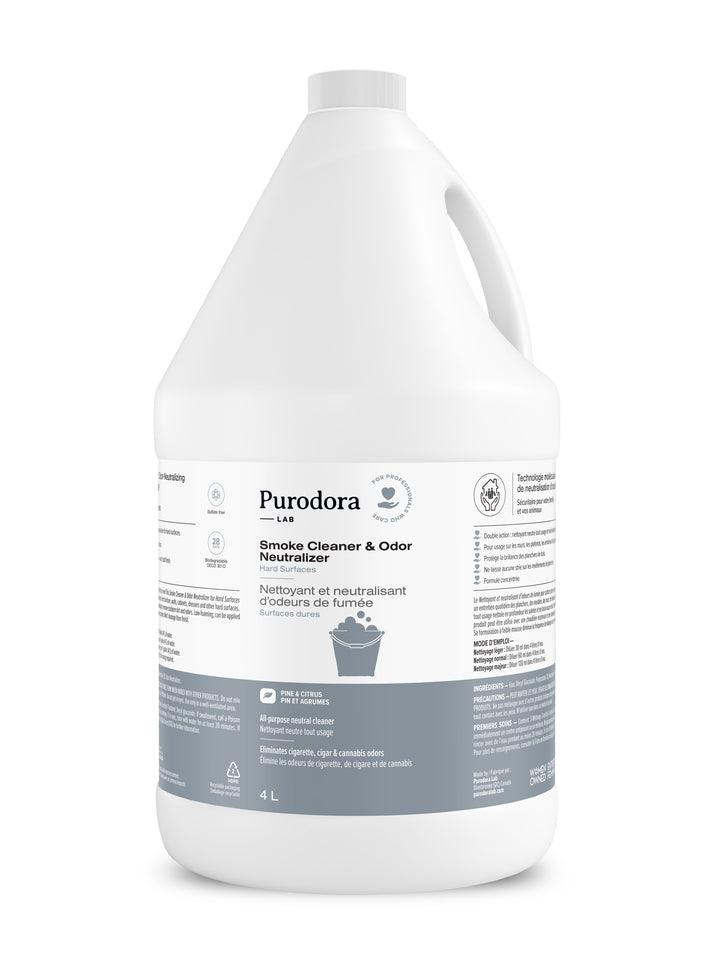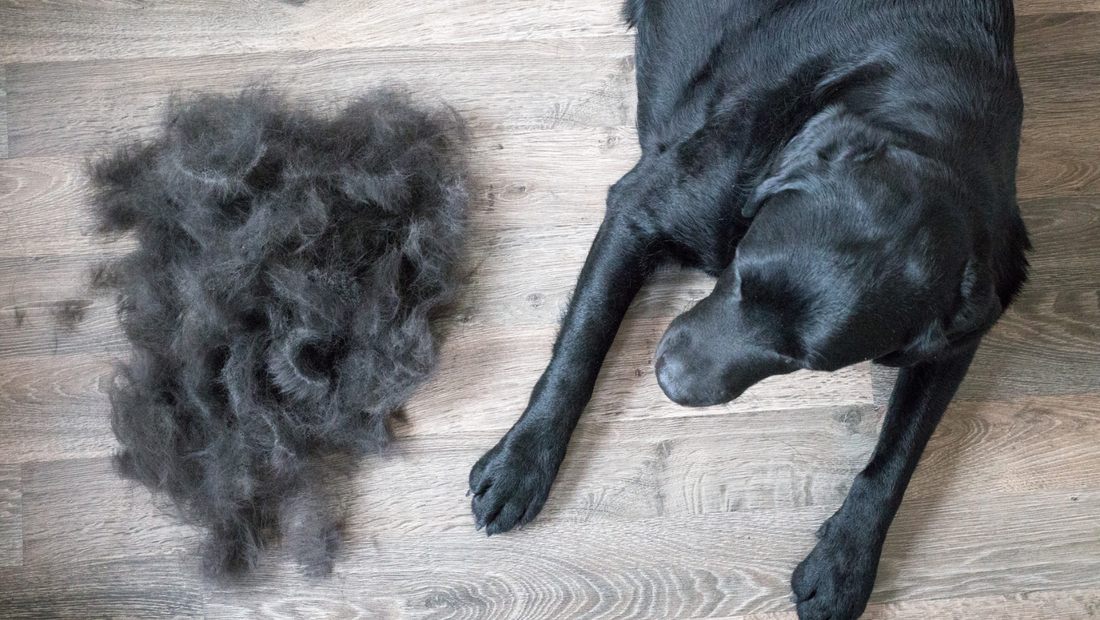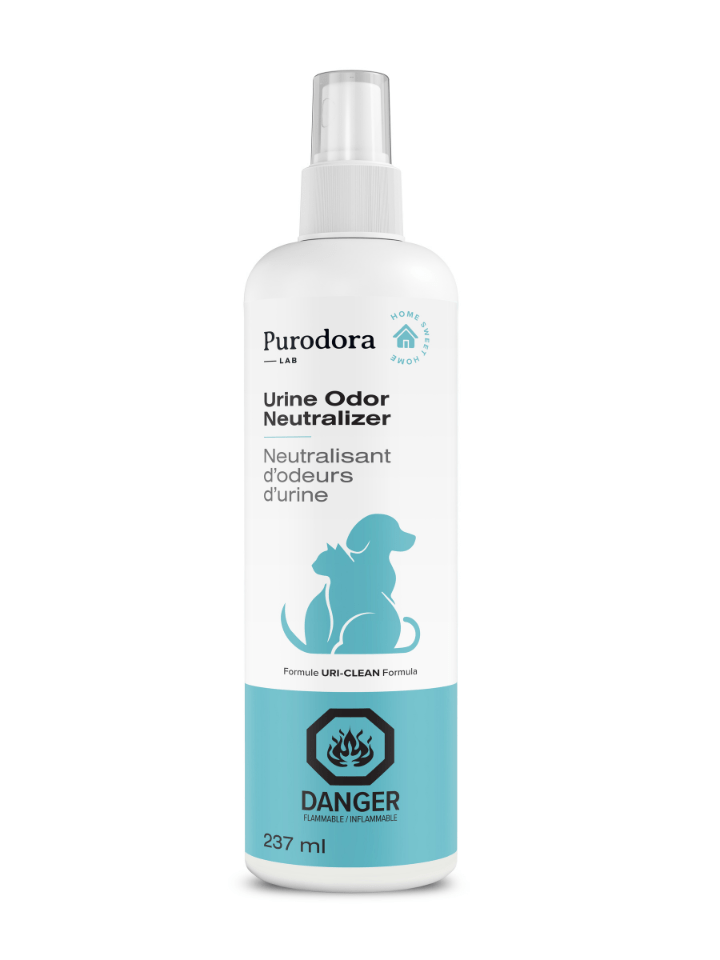If you own a wood-burning stove, or are considering buying one, this article is a valuable source of information and advice on how to get the most out of your stove, and above all, how to get through the winter safely and without the unpleasant smell of smoke in your home.
There are a number of risks associated with its use: emissions of particles hazardous to the environment and health, and serious chimney fires. Purodora Lab offers you this guide to good use, so that you can spend the winter in warmth, without risk or unpleasant odors!
Dangers of a poorly maintained chimney
- Exposure to the contaminants contained in chimney smoke can have very harmful effects on the health of individuals living in the home. The particles emitted by heating are very small in size, which means they can penetrate deep into the respiratory tract and have serious health consequences.
- If the chimney flue is clogged, the risk of chimney fires is greatly increased. These fires generate a huge wave of smoke, invading the home with unpleasant odors and toxic fumes.
Is my wood stove a health and environmental hazard?
- If odors associated with combustion settle in your home, it means that your wood stove is releasing pollutants that are harmful to your health.
- The smoke coming out of the chimney is an excellent indicator of whether your wood-burning stove is polluting: the darker and denser the smoke, the more pollutants are released into the environment.
The right gestures to reduce risks
- Choose an appliance whose technical data sheet indicates the lowest particle emission rate.
- First, make sure your wood-burning stove is properly installed and has adequate ventilation. It's very important to comply with the Canadian Installation Code for Combustion Appliances.
- As for chimney sweeping, we recommend that you do it twice a year, once at the start of the season (in October) and again in the middle of the season (January or February).
- The glass of your stove should be cleaned 2 to 4 times a month. Take advantage of this cleaning to check that the seals are in good condition.
- On a regular basis, remove the ashes clogging up your fireplace. Operating the appliance when the ashtray is full can impair its operation and damage the grate.
- To get the most out of your appliance, warm up the chimney first by lighting with paper placed at the base of the flue pipe.
- About ashes: it's very important NEVER TO LEAVE hot ashes in an unattended boiler or waste garbage can! This could cause a fire and have serious consequences.
- The walls of the firebox should also be cleaned regularly, as dirt prevents proper heat transmission.
How do I remove smoke odors from my wood stove?
Over the past 30 years, we've received a large number of calls from customers desperate to get rid of strong smoke odors in their homes. In response, we've developed safe products, including Smoke Odor Neutralizer for Hard Surfaces and Smoke Odor Neutralizer for Fabrics, to completely eliminate unpleasant smoke odors.
Thanks to our technology, we've helped many customers save time and money by recovering most of the furniture and clothing they thought was ruined.
Our primary goal is to help you regain normal air quality while minimizing the inconvenience and consequences associated with the problem.


